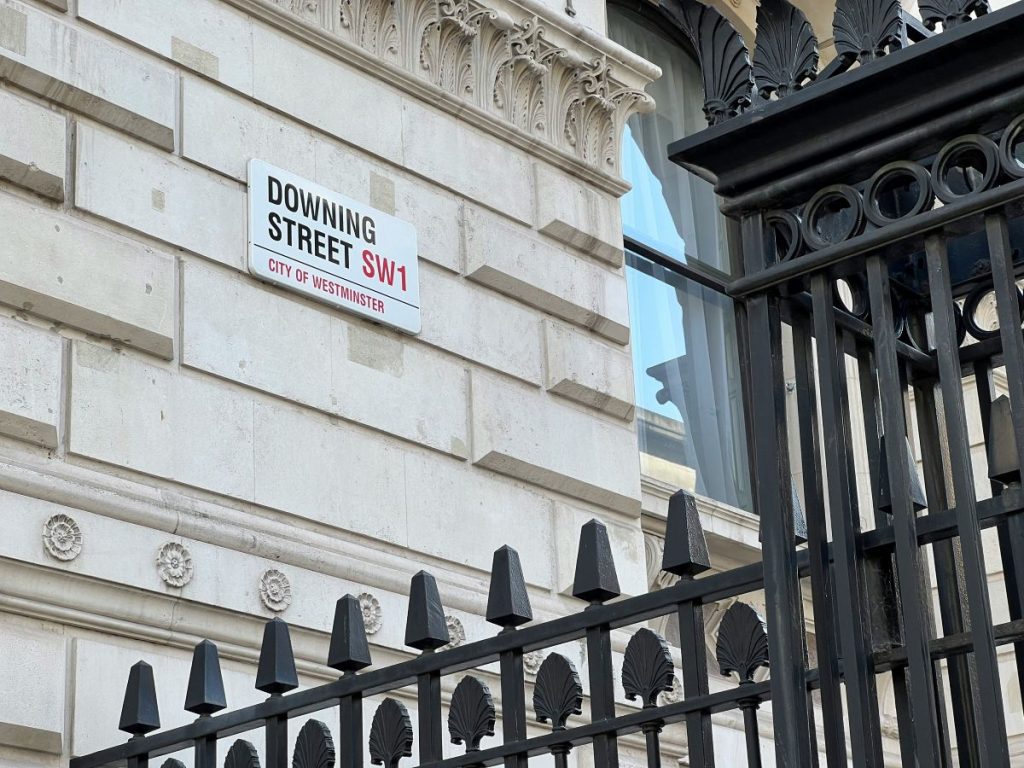As the US moves to impose a 25% tariff on EU imports, the UK seeks to secure a trade agreement that could shield it from similar measures.
UK Prime Minister Sir Keir Starmer and US President Donald Trump met at the White House on February 27 to discuss trade relations between the two countries. Trump expressed confidence in reaching a “great trade agreement” with the UK, suggesting that negotiations could move quickly.
“We’re going to have a great trade agreement,” Trump said during a joint press conference. “One way or the other, we’re going to end up with a very good trade agreement for both countries. And we’re working on that as we speak.” He added that an initial agreement could be reached “very shortly.”
Starmer described the meeting as “very good and very productive,” emphasizing the strong economic ties between the two nations. He highlighted shared leadership in investment, technology, and artificial intelligence, framing the relationship as essential for driving innovation.
EU Tariffs Confirmed as UK Negotiates Trade Terms
The visit coincided with Trump’s confirmation that the US will impose a 25% tariff on imports from the European Union, covering cars and other goods. The president justified the move by claiming that the EU had long taken advantage of the US in trade relations. “The European Union was formed to screw the United States,” he stated, reaffirming his stance that tariffs are necessary to correct trade imbalances.
When asked if the UK would face similar measures, Trump indicated that Starmer had strongly lobbied against tariffs on British exports. “He tried. He was working hard, I’ll tell you that,” Trump said. “I think there’s a very good chance that in the case of these two great, friendly countries, we could very well end up with a real trade deal where the tariffs wouldn’t be necessary.”
Impact on Global Supply Chains
The impending EU tariff could disrupt transatlantic supply chains, particularly in the automotive and manufacturing sectors. For UK businesses, a potential trade deal with the US may provide a competitive advantage over European competitors facing higher export costs. However, the specifics of any agreement remain uncertain, and supply chain leaders should closely monitor developments to assess potential risks and opportunities.




